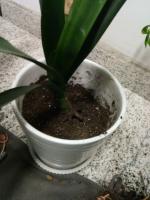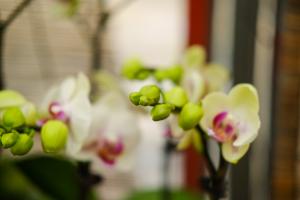Structures Inside Plant and Animal Cells Resembling Bacteria
Introduction
Plant and animal cells contain specialized structures known as organelles that carry out specific functions within the cell. Some of these organelles have a striking resemblance to bacteria in terms of their structure and function. In this article, we will explore some of these organelles and their similarities to bacteria.
Mitochondria
One of the most well-known organelles in cells is the mitochondrion. Mitochondria are often referred to as the powerhouses of the cell since they are responsible for generating energy through a process called cellular respiration. But did you know that mitochondria have their own DNA and are believed to have evolved from a type of bacteria?
In fact, the similarities between mitochondria and bacteria are striking. Mitochondria are roughly the same size as bacteria and have a similar shape, with a smooth outer membrane and an inner membrane that is folded into structures called cristae. They also have their own ribosomes, which are smaller than those found in the rest of the cell, and are able to replicate independently of the cell's nucleus.
Chloroplasts
Another organelle in plant cells that resembles bacteria is the chloroplast. Chloroplasts are responsible for carrying out photosynthesis, the process by which plants convert sunlight into energy. Like mitochondria, chloroplasts have their own DNA and are believed to have evolved from a type of bacteria.
When viewed under a microscope, chloroplasts look strikingly similar to bacteria. They are roughly the same size and shape, with a double-membrane envelope, inner membranes that are folded into stacks called grana, and thylakoids that contain chlorophyll. Many of the proteins found in the chloroplast are also similar to those found in cyanobacteria, which are believed to be the ancestors of chloroplasts.
Peroxisomes
Peroxisomes are organelles found in both plant and animal cells that are responsible for various metabolic functions, such as breaking down fatty acids and detoxifying harmful substances. Like mitochondria and chloroplasts, peroxisomes have a single membrane and contain their own enzymes.
While peroxisomes do not resemble bacteria quite as closely as mitochondria and chloroplasts do, they do share some similarities. For example, peroxisomes reproduce by splitting in two, much like bacteria do. They also contain small amounts of DNA, although it remains unclear whether this DNA plays any functional role.
Conclusion
In conclusion, while plant and animal cells may seem vastly different from bacteria on the surface, a closer look at their organelles reveals many similarities. Mitochondria, chloroplasts, and peroxisomes all have features that resemble those of bacteria, from their size and shape to their DNA and replication processes. By studying these similarities, scientists can gain a better understanding of the evolution of cells and the origins of life itself.

 how many times do yo...
how many times do yo... how many planted tre...
how many planted tre... how many pine trees ...
how many pine trees ... how many pecan trees...
how many pecan trees... how many plants comp...
how many plants comp... how many plants can ...
how many plants can ... how many plants and ...
how many plants and ... how many pepper plan...
how many pepper plan...
































